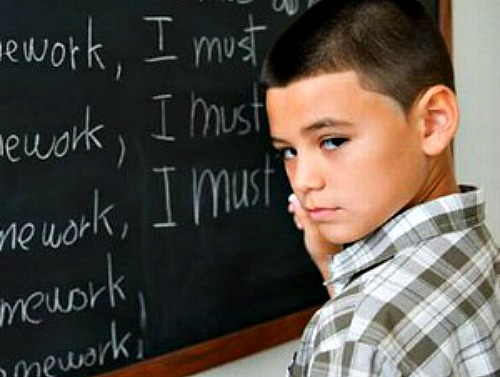Preserving Patience and Providing Love with 5 Helpful Tips
ADHD from the APA
The American Psychiatric Association defines ADHD in the Diagnostic and Statistical Manual (DSM-5) as: “A persistent pattern of inattention and/or hyperactivity-impulsivity that interferes with functioning or development . . .”
Ensuring Your Response Doesn’t Exacerbate the Problem – Easier Said than Done
Imagine taking on the task of teaching your child, diagnosed with ADHD, how to manage his long list of symptoms when your child (according to the DSM-5, and your experience) has a difficult time paying attention, is wired, and impulsive. You might end up increasing your anger and frustration levels whiles sending a message to your child that increases his anger, anxiety, and low self-esteem. That is why it is best to change certain conditions one symptom at a time in order to preserve both yours and your child’s patience.
 When addressing your child’s list of symptoms, it might be best to start with the symptom the causes the most stress in your household or at your child’s school. Does the following ADHD symptom from the DSM-5 exhaust you both emotionally and physically? “. . .[The child] often does not follow through on instructions and fails to finish schoolwork, [and] chores . . . (e.g., starts tasks but quickly loses focus and is easily side-tracked).” Well, let’s begin with this symptom and later address the other ADHD symptoms at another time.
When addressing your child’s list of symptoms, it might be best to start with the symptom the causes the most stress in your household or at your child’s school. Does the following ADHD symptom from the DSM-5 exhaust you both emotionally and physically? “. . .[The child] often does not follow through on instructions and fails to finish schoolwork, [and] chores . . . (e.g., starts tasks but quickly loses focus and is easily side-tracked).” Well, let’s begin with this symptom and later address the other ADHD symptoms at another time.
When teaching your child how to follow-through and focus on a given task here are 5 helpful tips:
- First, allow your child to release his energy by doing something physical. Organized sports might be best because this can teach your child to focus, in addition; it allows him to release pent-up energy.
- Eliminate distractions:
- Environmental Distractions: These are typically what the child experiences with his senses: an itchy sweater, a certain smell, noises, windows, TV, toys or other interesting objects nearby.
- Physical Distractions, for examples; hunger and illness
- Emotional Distractions: Your child might be very sad or angry, or even excited on any given day. Address these emotions by allowing your child to engage in a relaxing activity. Also, being an empathetic listener can allow your child to release emotional energy as well as increase his desire to want to please you later.
- Make the task interesting. A child with attention and hyperactive issues performs better when attempting to complete interactive tasks. Try to incorporate games, acting out, songs, etc. that relates to the task.
- Divide an overwhelming task into smaller parts with small rewards in between. Additionally; when your child completes a small portion of his tasks allow him to do something physical to release the energy that is building up inside him.
- Allow your child to expend energy while focusing. Many children find sitting on an exercise ball or squeezing a stress ball helpful when working on tasks that require concentration.
Teaching your child how to increase his focus and his ability to complete tasks is difficult and time-consuming, but with perseverance, you can be one step closer to managing the list of symptoms that come with ADHD.

